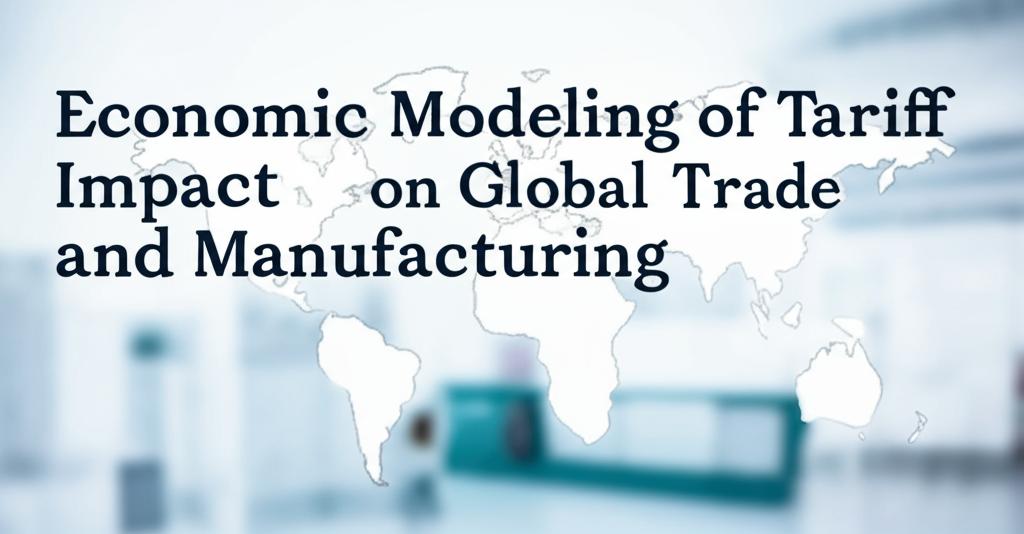Understanding how tariffs reshape international commerce and domestic production is crucial in today's interconnected global economy. Economic models provide essential tools for analyzing these complex dynamics, offering insights beyond simple intuition.
Tariffs, essentially taxes on imported goods, trigger a cascade of effects. Primarily, they increase the cost of imported products for domestic consumers and businesses. Economic models help quantify this direct impact and trace the subsequent ripple effects throughout the economy. These models often employ frameworks like Computable General Equilibrium (CGE) analysis, which captures interdependencies between different sectors, or partial equilibrium models focusing on specific markets.
One key finding from economic modeling is the impact on international trade flows. Tariffs generally lead to a reduction in the volume of imports for the goods targeted, as they become more expensive. While this might seem purely like a diversion of trade, models show the overall effect is often a net decrease in global trade activity. Retaliatory tariffs, a common response from affected trading partners, further dampen global commerce, impacting exports from the country that initiated the tariffs. Models illustrate how these measures can reroute trade towards countries not involved in the tariff dispute, but often at a higher cost or lower efficiency, leading to overall welfare losses globally.
Regarding manufacturing, the picture painted by economic models is nuanced. Domestic manufacturers competing directly with tariffed imports may experience a degree of protection, potentially boosting their output and employment in the short term. However, this protection comes at a cost. Many other domestic manufacturers rely on imported components and materials for their own production processes. Tariffs on these inputs raise their production costs, potentially reducing their competitiveness both domestically and internationally. Furthermore, retaliatory tariffs imposed by other countries can directly harm exporting manufacturers, closing off markets and reducing demand for their products. Models often show that while specific sub-sectors might benefit, the broader manufacturing sector, especially in globally integrated economies, can suffer due to increased costs, disrupted supply chains, and reduced export opportunities.
Supply chain impacts are a significant focus of modern economic modeling concerning tariffs. Tariffs introduce uncertainty and added costs, forcing businesses to reconsider their sourcing and production strategies. Models attempt to capture the friction and expense associated with shifting suppliers, relocating production facilities, or redesigning products to avoid tariffed inputs. These adjustments are rarely seamless or cost-free, and the resulting disruptions can negatively affect efficiency and output long after the initial tariffs are imposed.
Ultimately, economic models analyzing tariff impacts often point towards negative consequences for overall economic welfare. While some producers in protected sectors might gain, consumers typically face higher prices and reduced choices. Increased input costs harm downstream industries, and retaliatory measures damage export-oriented sectors. Many CGE models conclude that large-scale tariff imposition tends to reduce overall GDP for both the imposing country and the global economy, highlighting the significant economic trade-offs involved in using tariffs as a policy tool. These quantitative analyses consistently underscore the interconnectedness of the global economy and the often costly repercussions of trade protectionism.

